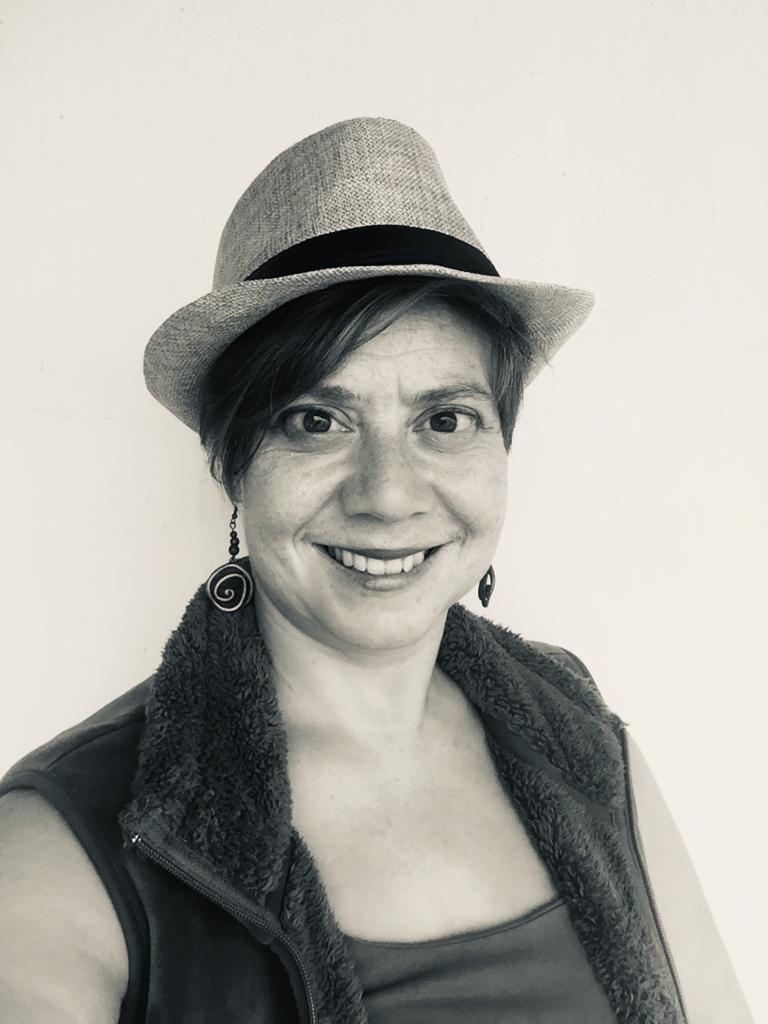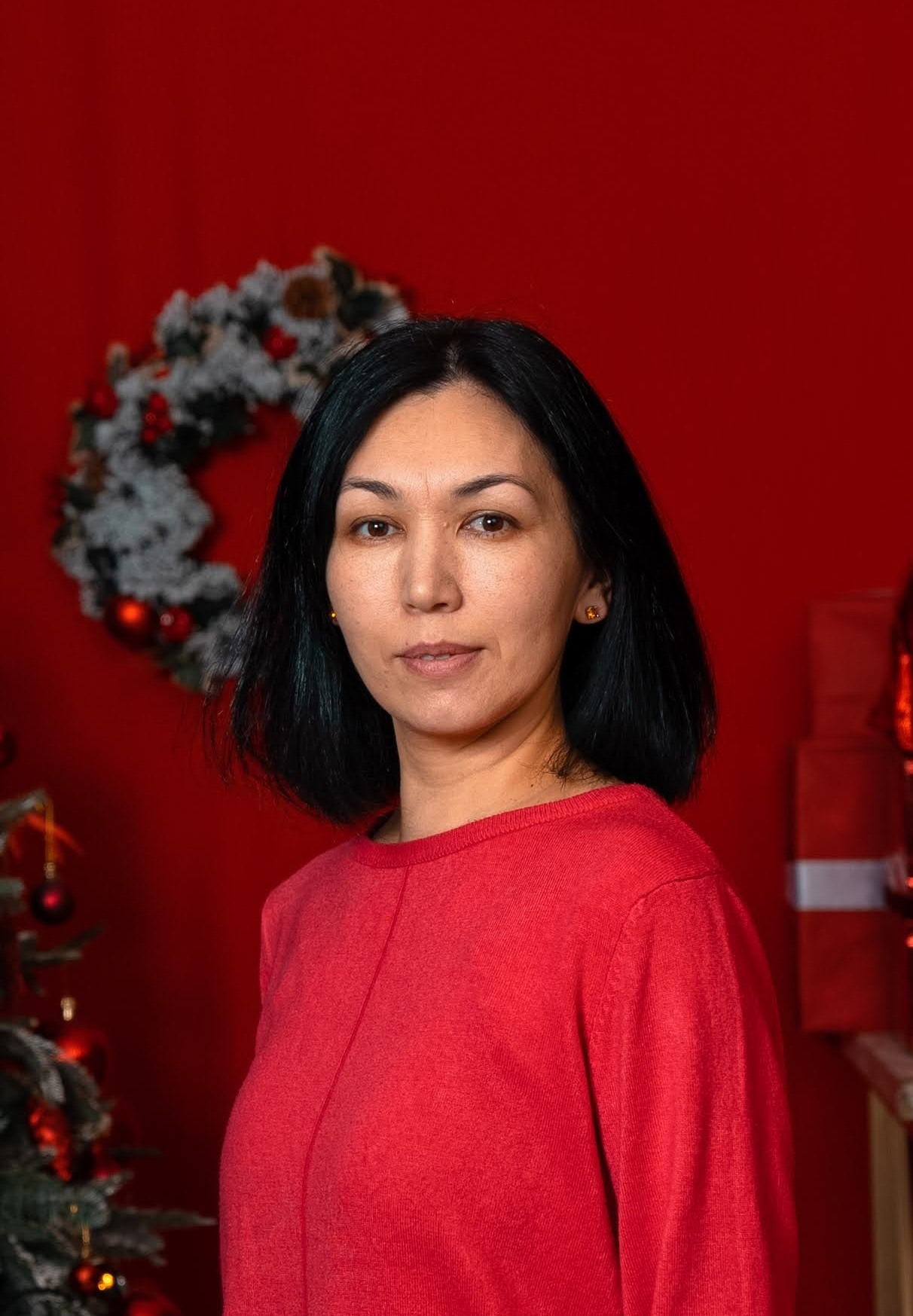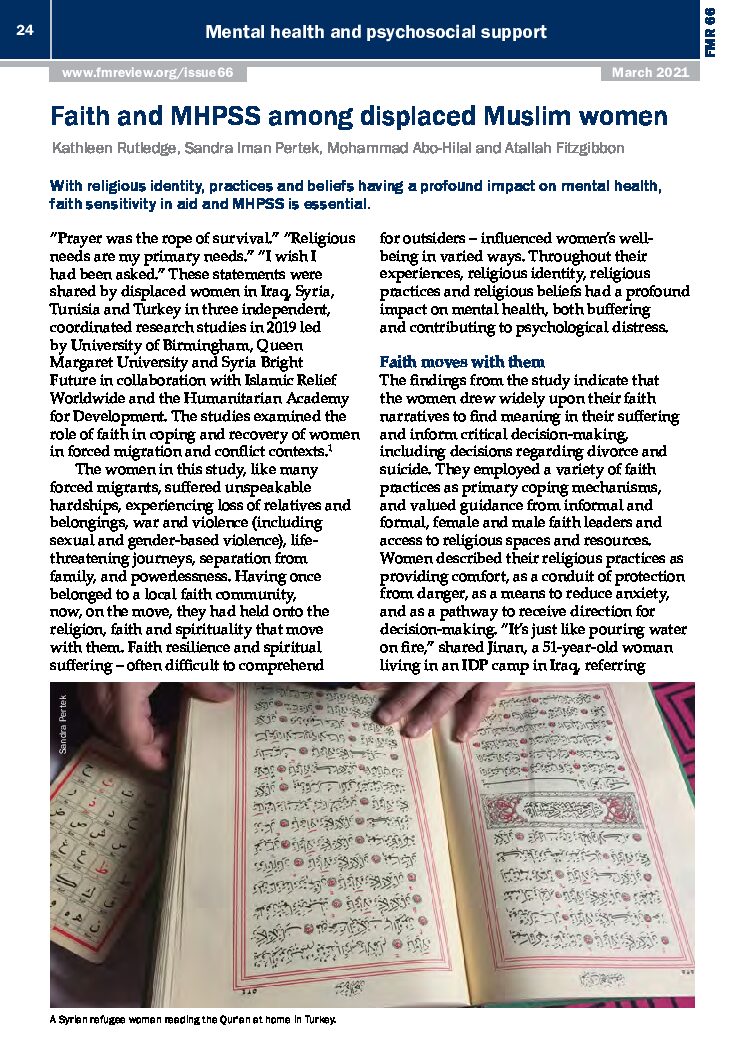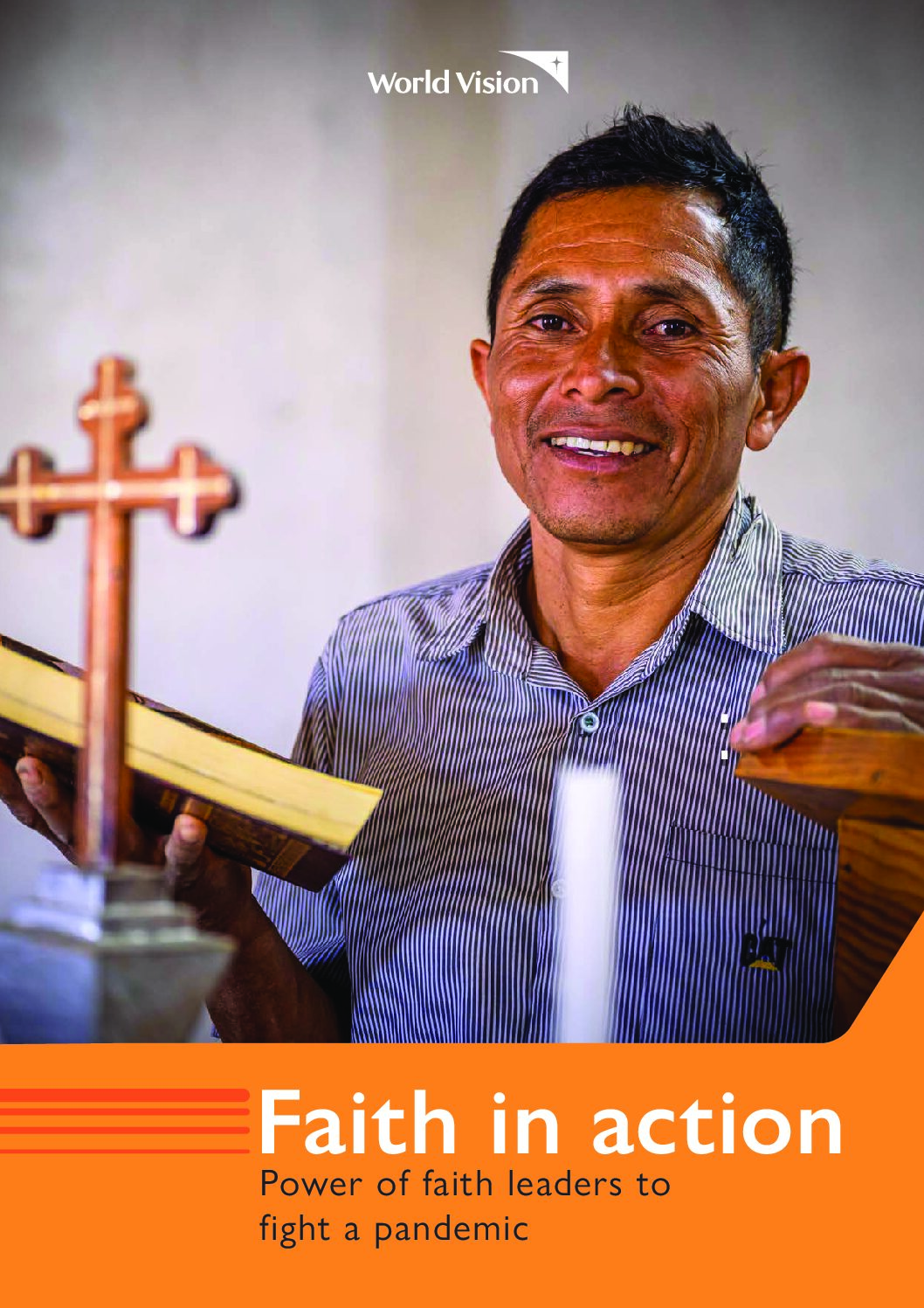The State of the Evidence on Faith Actors and Violence Against Children
Dr Selina Palm
Stellenbosch University

Dr Kanykey Jailobaeva
Queen Margaret University

This blog series is introducing and summarizing every chapter of the JLI’s 2022 Edition of the State of the Evidence in Religions and Development. The full report and chapters are available at their dedicated web page. This is the fourth blog post, which focuses on religions and ending violence against children. The first blog that introduces religions and development evidence in general can be found here; the second blog on religions, development and health is here; and the third blog on religions, development and the environment is here.
Violence against children (VAC) is a global problem, with at least one billion children (defined as those under the age of 18) experiencing violence every year worldwide. VAC is defined as all forms of physical, sexual, and emotional violence, including neglect, maltreatment, exploitation, harm, and abuse. These can take different forms such as child labor, child marriage, corporal punishment, and online sexual exploitation. Faith actors have crucial positive roles to play in the prevention and referral of child abuse cases. However, at the same time, evidence shows that faith communities can also be complicit in, and even perpetrate, certain forms of VAC. Faith actors have an urgent responsibility to publicly acknowledge and challenge this in all its forms.
Overall the majority of published literature on this topic to date discusses the positive contributions of faith actors to ending VAC through activities such as pre-violence prevention, advocacy, direct intervention, service provision, and survivor support. Faith-based organizations are also identified as often having a stronger ability to reach and influence civil society in many contexts than governments or NGOs due to their pre-existing social capital and alignment with the worldview and culture of many communities. The unique role of faith communities is also gathering more attention through an increased recognition of the need to engage more directly with faith’s spiritual capital such as its core beliefs, sacred texts and spiritual rituals, especially, but not only in relation to harmful practices, parenting approaches, beliefs about children, and core values of love and dignity.
A small percentage of the literature reviewed in the evidence study focuses on the perpetuation of violence by faith actors. A few sources discuss harmful interpretations of religious scriptures that are used to support some forms of VAC, such as corporal punishment and child marriage. For example, Bible verses such as “He who spares the rod, spoils the child” (Bible, Proverbs 13:24) have been repeatedly cited by some /caregivers and faith actors in various studies as a reference point to legitimize physical punishment. The literature identifies a need to further analyze the perpetration of, or condoning of, certain forms of violence by faith actors as a result of underlying faith beliefs to effectively counter these entrenched social norms. For example, corporal punishment in both homes and schools has been raised in recent years as a primary intersection of both concern and controversy amongst faith communities with regard to the wider task of ending VAC.
Child sexual abuse also emerges as an area of significant recent concern in relation to faith communities, both as perpetrated by individual faith leaders, and within religious institutions of care and education. Recent high profile media revelations on this issue in places include but are not limited to Ireland, Australia and the US leading to a number of in-depth investigations. Beyond perpetration alone, child sector experts have also highlighted a wider religious silence on these realities within many families and communities, often due to the connection to issues of sex and sexuality, which continue to be viewed as taboo within many religious settings. Breaking the silence on this issue in faith settings is seen as an emerging focus for practitioners.
There are several gaps identified in current faith engagement around ending VAC. First, few faith organizations address the specific risks to children of diverse sexual orientation, gender identity and expression and sex characteristics (SOGIESC). This silence and inattention can even perpetuate violence which is also often shaped by underlying religious interpretations of beliefs. Second, practitioners raise concerns that boys’ vulnerabilities are often invisiblized due to a global focus on girl children and issues that affect them only, with extra attention and funds being given to girls due to the wider end violence against women and girls (VAW/G) movement. Third, the rise of digital VAC is a rising concern, emerging as an even more prominent issue under COVID-19. This is an area where faith actors urgently need their own capacity developed. Fourth, the connection between witchcraft and child abuse are a focus in academic literature but often remain taboo topics within local communities with practitioners rarely raising these issues.
One cross-cutting issue that is receiving increased attention in many faith settings is the importance of age-appropriate child participation for ending VAC. This is a promising development as evidence suggests that if a child is positioned as socially inferior to adults, this may form a key driver for hierarchical patterns of adult/child violence to be normalised. However, many faith traditions inherit problematic beliefs about the need for silent obedience from children with various formulations of the idea that children should be ‘seen and not heard’ still common and in need of urgent transformation. Some promising institution-led approaches are emerging in this respect, such as the World Council of Churches ‘Placing Children at the Centre’ initiative and Arigatou International’s multi-faith series that focus on the importance of children being both seen and heard in faith spaces, an issue also presented at recent global child protection conferences.
Faith communities include and influence many other important actors who can play roles in ending violence against children (VAC). They require constructive, but critical engagement within the wider system of care. Engagement with the specific mechanisms and spiritual capital of diverse faith structures, can offer a unique contribution to the elimination of VAC in their potential to promote positive beliefs and action towards ending violence against children. Yet there is also an urgent need to re-interpret all religious beliefs and practices that may contribute to VAC, and its silencing, particularly those with a spiritual basis in religious texts or rituals.
Dr Selina Palm is a senior researcher at Stellenbosch University in South Africa. Her interdisciplinary work focuses on the intersections between religions and different forms of violence, and she delivers empirical research and technical consulting to a range of government and non-governmental organisations across multiple continents. She also has decades of experience as a practitioner in the wider children’s sector as well as being a faith leader herself. She holds a doctorate in religion and human rights from the University of Kwa-Zulu Natal. Read more about her research here.
Dr Kanykey Jailobaeva’s research expertise has focused on child protection, early childhood development, family strengthening, and community/civil society in low- and middle-income countries. She has conducted feasibility studies, child rights situation analyses, and other types of research studies for different international development organizations (e.g., UNICEF) in Central Asia, Southeast Asia, Western and East Africa. For example, in 2013, she was part of the team that conducted a mapping and assessment of the Child Protection System in Gambia for UNICEF Gambia. Kanykey Jailobaeva obtained her PhD in Sociology in 2011 from the University of Edinburgh. Since 2017, Kanykey co-led two research projects on the role of faith and faith actors in child protection in a number of countries in Africa and Asia.




0 Comments